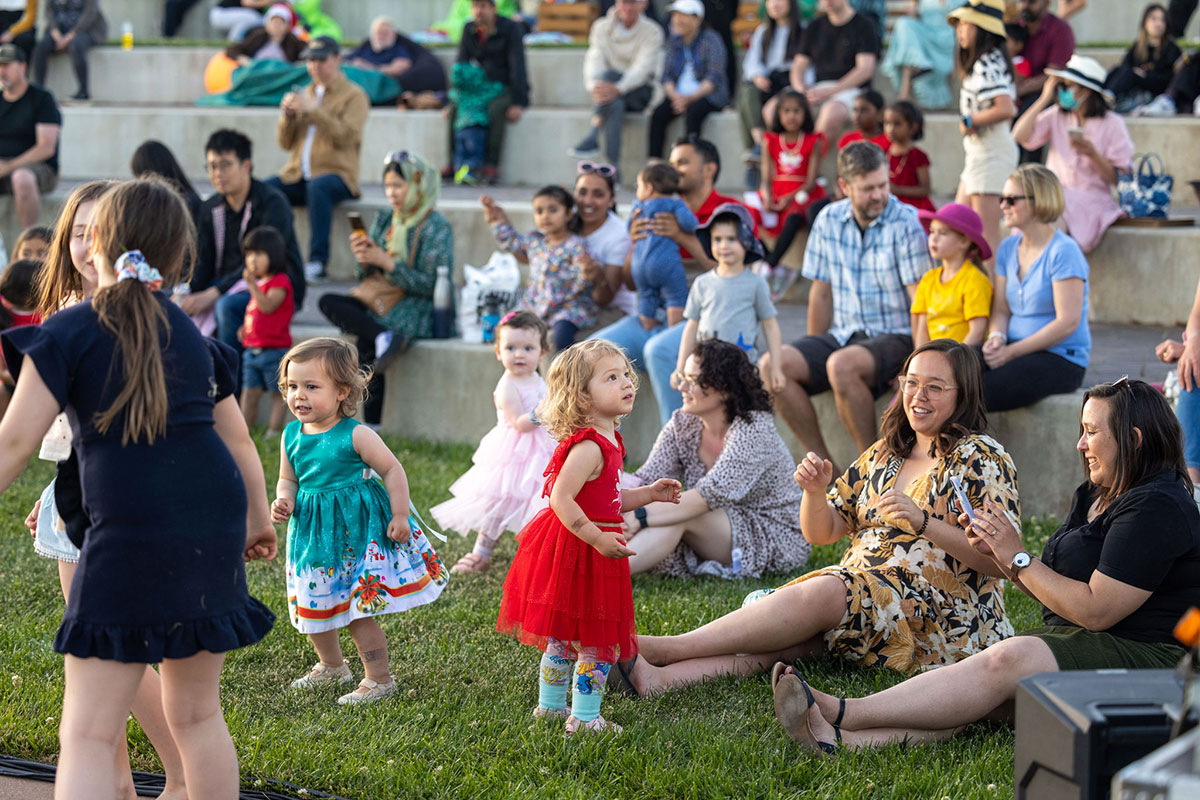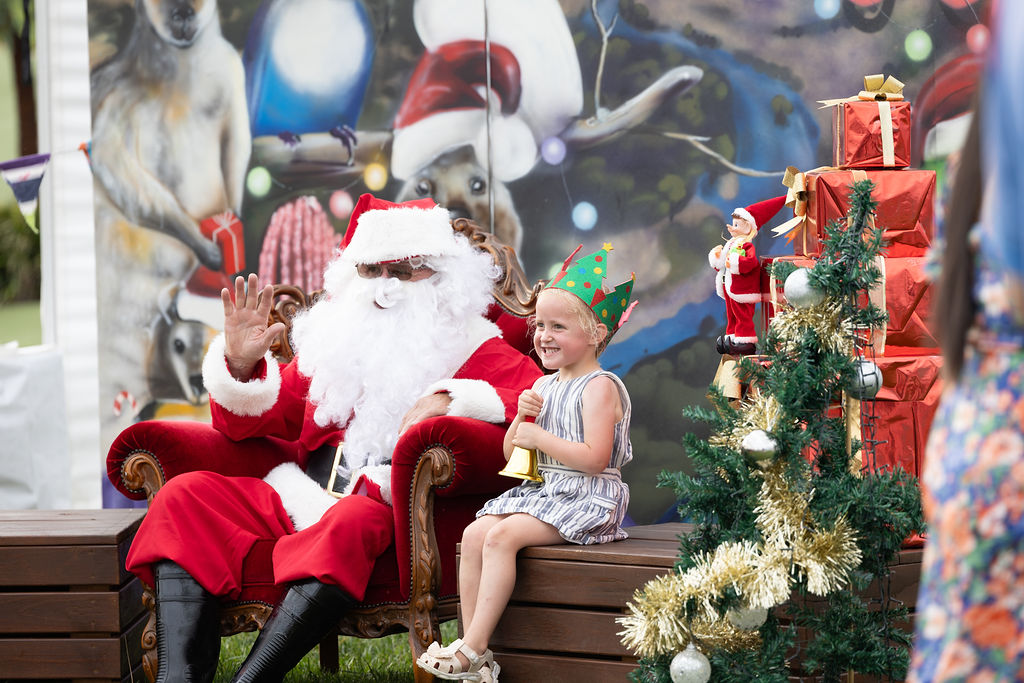Why artificial turf isn’t as green as it looks: making a sustainable choice for our community
When you’re planning your outdoor spaces at Ginninderry, you want options that work well for your family whilst supporting the environmental values that make our community special.
Artificial turf may seem like a low-maintenance, tidy solution for your garden or courtyard. It’s green all year round, doesn’t need mowing or watering, and can appear cost-effective over time. But beneath that synthetic surface lies a range of environmental and safety issues that deserve your attention as a conscious member of our community.
How artificial turf impacts our natural environment
It harms our local biodiversity
Natural grass and planted garden spaces support our native insects, pollinators, birds, and other precious wildlife that call this region home. Artificial turf offers none of this – no food, no habitat, no life. When we replace natural vegetation with synthetic alternatives, we create “green deserts” where nothing can thrive.
Living creatures simply don’t flourish on or beneath plastic surfaces. Over time, this leads to declining local biodiversity and affects the overall health of our natural environment.
It intensifies the urban heat island effect.
Artificial turf significantly increases the urban heat island effect, making your home and the surrounding area notably hotter. This phenomenon occurs when urban areas become substantially warmer than surrounding regions with natural vegetation.
Synthetic materials like artificial turf absorb the sun’s heat and radiate it back throughout the day and night, preventing urban areas from cooling naturally. This trapped heat makes your house and local neighbourhood uncomfortably warm, particularly during Canberra’s already challenging summer months.
Ginninderry has actively discouraged artificial turf use in Strathnairn and Macnamara specifically to address this urban heat island effect. You can read more about how Ginninderry is working hard to keep our community cool.
It pollutes our precious waterways
Artificial turf consists of plastic and rubber materials – often containing potentially harmful chemicals – that don’t break down naturally in our environment. These materials contribute to microplastic pollution as they wear down over time.
Fragments of plastic and rubber infill wash into our waterways and soil during rainfall, where they harm wildlife, contaminate local ecosystems, and impact aquatic life in the Murrumbidgee River and Ginninderra Creek that define our community’s natural boundaries.
It increases run-off and flooding risks
Artificial turf typically sits on compacted bases that prevent rainwater from soaking into the ground naturally. Instead, water runs off quickly, increasing local flooding risks while reducing the natural replenishment of moisture in our soils.
Unlike natural lawns, artificial turf doesn’t help slow or filter water, meaning more pollutants wash directly into our creeks and waterways.
It creates unnecessary landfill waste
When artificial turf eventually wears out, it can’t be recycled easily and typically ends up in landfill. That represents substantial plastic waste that will take centuries to break down. In contrast, natural grass is renewable, and healthy soil can be improved and reused indefinitely.
How artificial turf affects your family and household
Risk of burns and dangerous surface heating
As mentioned above, artificial turf traps and retains heat, easily becoming hot enough during summer to burn your children’s and pets’ feet. Kids and pets may not be able to play outside on hot days, as the surface temperature and radiating heat from artificial turf far exceed what you’ll find on natural vegetated surfaces.
This radiating heat may also force you to use your air conditioning more frequently, increasing both your energy consumption and household costs.
It’s not actually maintenance-free
While artificial turf doesn’t require mowing or regular watering, it still demands cleaning and maintenance. Organic matter like leaves, dirt, and pet waste builds up, leading to unpleasant odours and bacterial growth.
You’ll need to hose it down regularly (using water anyway) or rake and brush it to prevent the surface from becoming compacted and unhygienic. The smell of pet urine tends to linger in rubber infill types, even with regular hosing.
What you can do instead: embracing natural alternatives
There are many sustainable and family-friendly alternatives to artificial turf that will enhance both your lifestyle and our community’s environmental health.
Plant native grasses or groundcovers suited to our local climate
You can find suitable plant lists on the Ginninderry website under the building resources page, including comprehensive native plant guides.
Using native plants adapted to Canberra’s unique climate supports biodiversity, creates vital stepping stones for native species, promotes cooler summer temperatures, and helps maintain healthy soil – all whilst connecting you more deeply with our local landscape.
Every purchaser of new residential land in Canberra is eligible for the Free Plant Issue Scheme, making this choice even more accessible.
Create mixed-use outdoor spaces
Consider low-maintenance garden beds, mulch pathways, and attractive stepping stones that blend functionality with natural beauty.
Making the right choice for our community
Artificial turf might appear to be a neat and green option, but it comes at a significant cost to our environment, health, and community wellbeing. As a community, we have the opportunity to choose better options.
By selecting sustainable alternatives that support local biodiversity and complement our natural surroundings, you’re not just creating a beautiful outdoor space, you’re contributing to the long-term health and sustainability that makes Ginninderry such a special place to call home.



